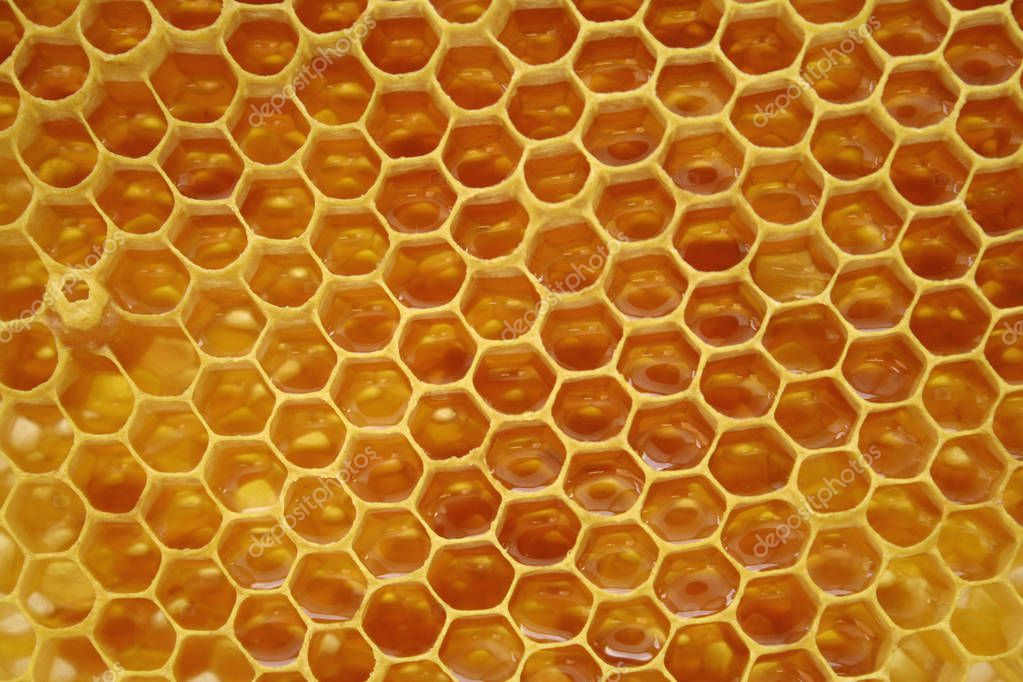
By the end of August, it reached number one in England (and also, subsequently, in Australia, South Africa, and Japan as well) and number five in America. After an initial stall midway in the charts, "Have I The Right?" was picked up by the renowned pirate station Radio Caroline. "Have I the Right?" was released on Pye Records in June 1964, but not before the quintet changed their name to the Honeycombs thanks to Pye Records' managing director and later chairman Louis Benjamin. With its bee-sting guitar leads, D'Ell's wobbling vocals, and Lantree's elephantine drums - which were echoed by overdubs of the bandmembers stomping their feet on the staircase on Meek's studio at 304 Holloway Road, Islington - the single had a truly unique sound. This March 1964 audition became the recording session for "Have I the Right?," which became a showcase for Meek's unorthodox studio techniques. The Sheratons had an upcoming audition with visionary producer Joe Meek, who was always on the lookout both for songwriters and for groups that could benefit from his expertise (previously, Murray worked at Meek's studio as a session guitarist).

Soon after, Howard and Blaikley became the band's managers and continued to write songs for them. He and Howard had written a composition called "Have I the Right?" and were looking for a group to record it, and this East End quintet seemed to fit the bill. Blaikley liked their sound - a mix of R&B, rock & roll standards, and instrumentals - and had a song to offer them. In February 1964, they were lucky enough to be spotted by up-and-coming songwriters Alan Blaikley and Ken Howard, who were attracted by the crowds of teenagers they drew. The band played three times a week at a pub called the Mildmay Tavern, on Balls Pond Road in London's East End. At the time, a female drummer was a rarity combined with her fashionable beehive hairdo, she gave the Sheratons an attention-getting visual edge. She played so passionately that Murray brought her on as the Sheratons' drummer. While Murray was storing Chaplin's drums in the music room he kept above the hair salon he managed, his assistant (and John Lantree's sister) Anne Margot "Honey" Lantree fell in love with the kit. That October, Chaplin left the Sheratons to become an architect. This lineup of the band recorded the single "Do the Blues" at Pye Studios with pop entrepreneur Les Conn, but the song failed to garner much interest. Eventually, Lantree joined the group as their bassist. Guitarist Allan Ward was recommended to Murray by mutual friend John Lantree, and original drummer Chris Chaplin connected with the band through an ad he placed in a local music store.

To round out the Sheratons, Murray enlisted vocalist Dennis D'Ell (born Dennis Dalziel) after meeting him in the bowling alley where he worked and listening to D'Ell's demos.

Originally called the Sheratons, the band was formed in Hackney in 1963 by rhythm guitarist Martin Murray, a self-taught musician who formed his first group, the Black Rebels, in the mid-'50s in response to the skiffle craze dominating the U.K.

Although none of their other music found as much of an audience as "Have I the Right," songs such as "Color Slide" and "That's the Way" and albums like 1964's The Honeycombs and 1965's All Systems Go! range from bouncy pop to Roy Orbison-like balladry to proto-garage rock, proving there was more to their body of work than just their smash hit. The band's singles and albums were produced by the legendary Joe Meek, who used all of his studio tricks - including ghostly organ and compression that hits the listener like a punch in the chest - to give the Honeycombs an unmistakable style. Their sound was a strange combination of influences: Alan Ward's ringing, stinging lead guitar, Honey Lantree's larger-than-life drumming, Dennis D'Ell's quavering vocals, Martin Murray's rhythm guitar, and John Lantree's bass combined to mesmerizing effect. Renowned for their international 1964 Top Five hit "Have I the Right," the Honeycombs possessed an impassioned edge, even by the standards of the British Invasion.


 0 kommentar(er)
0 kommentar(er)
